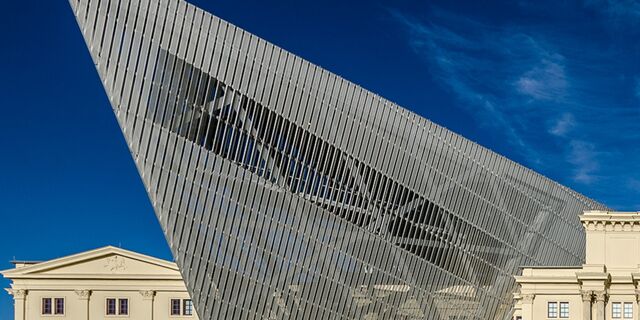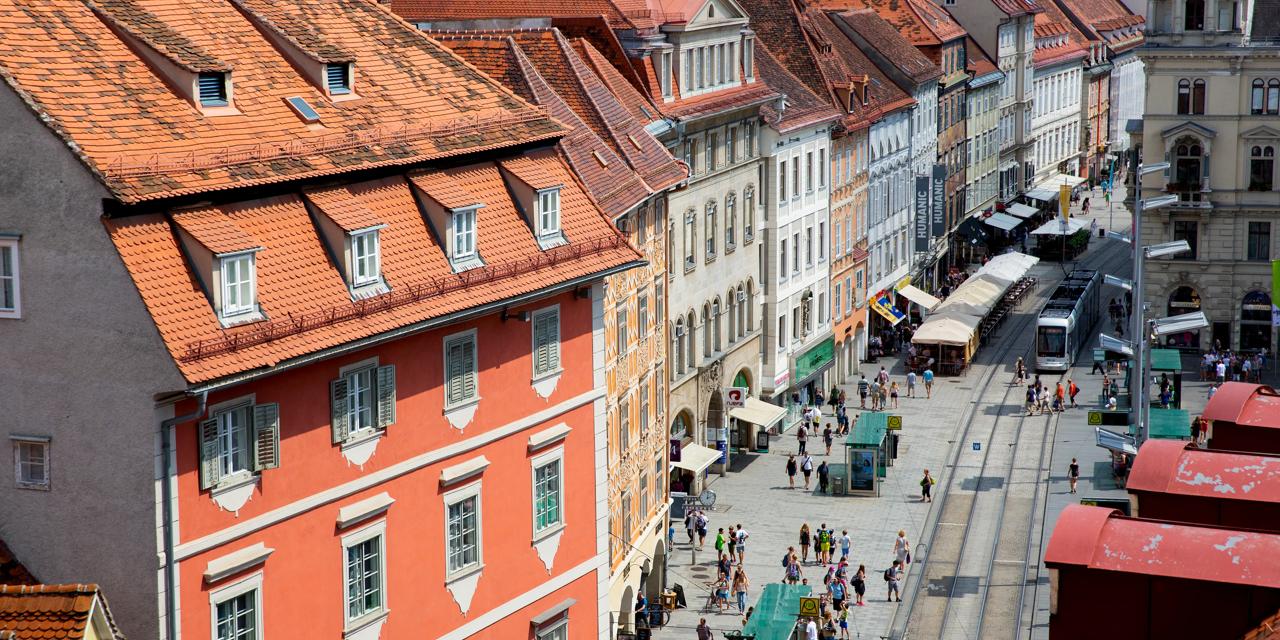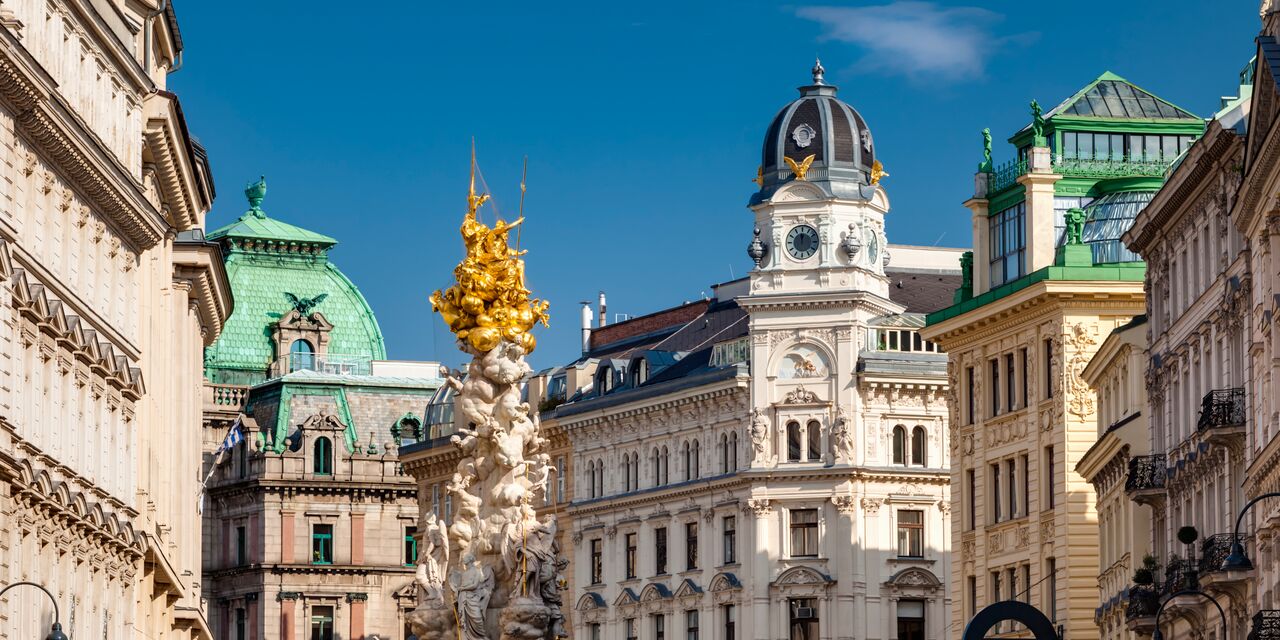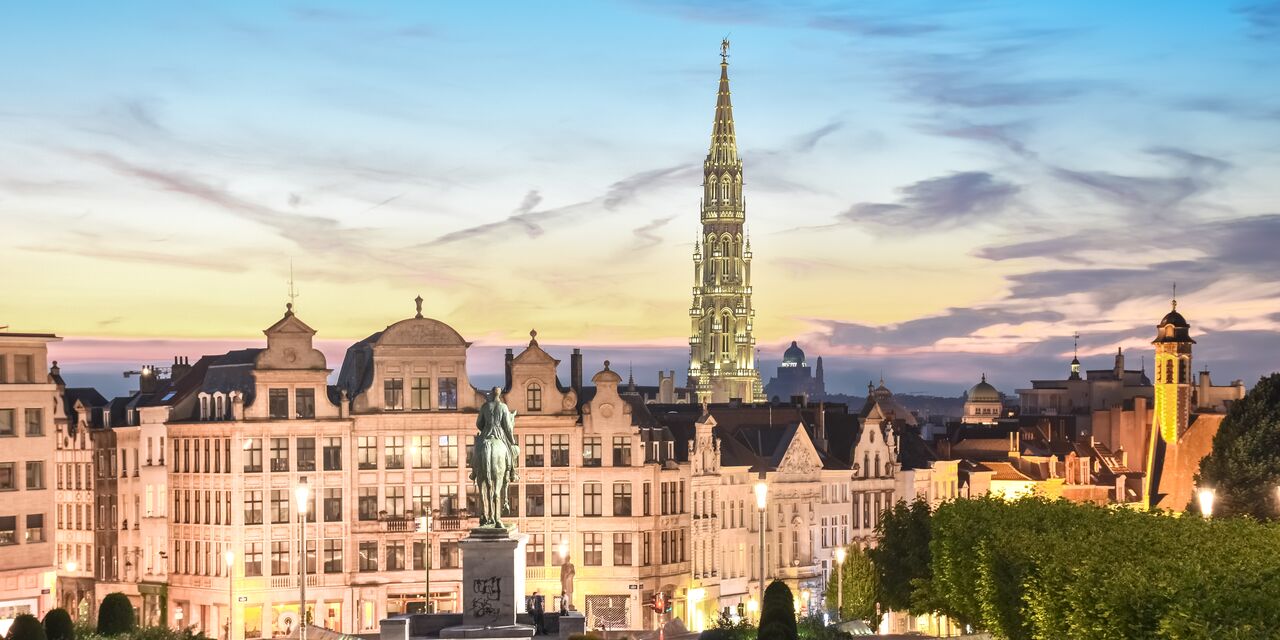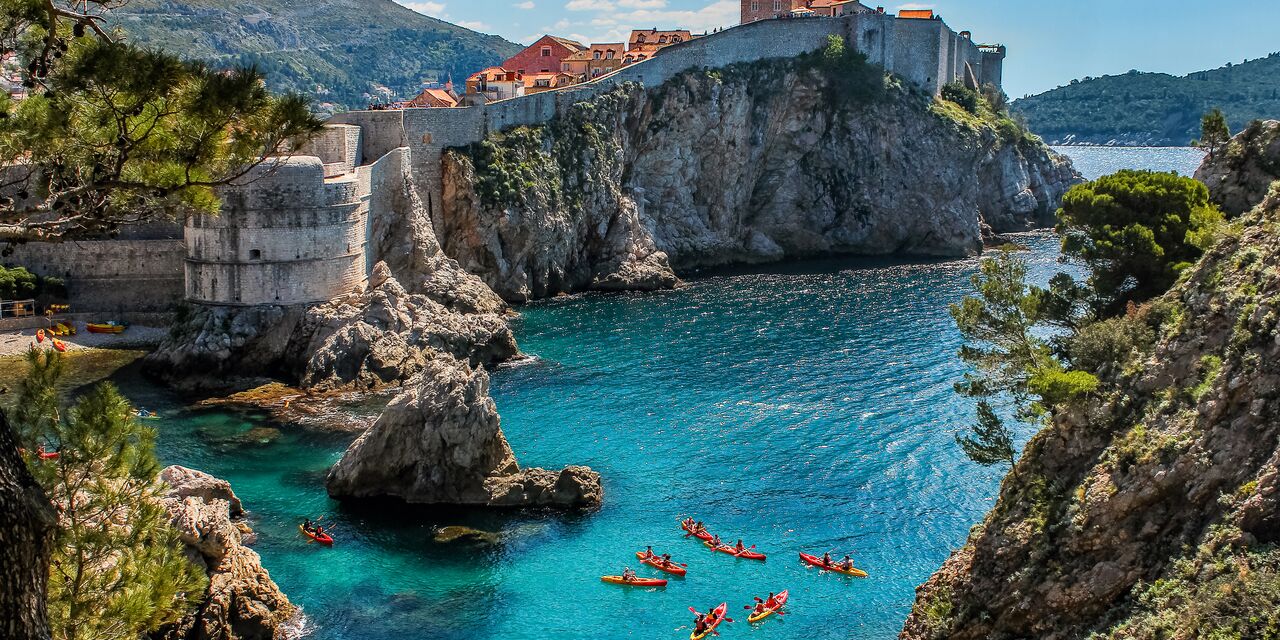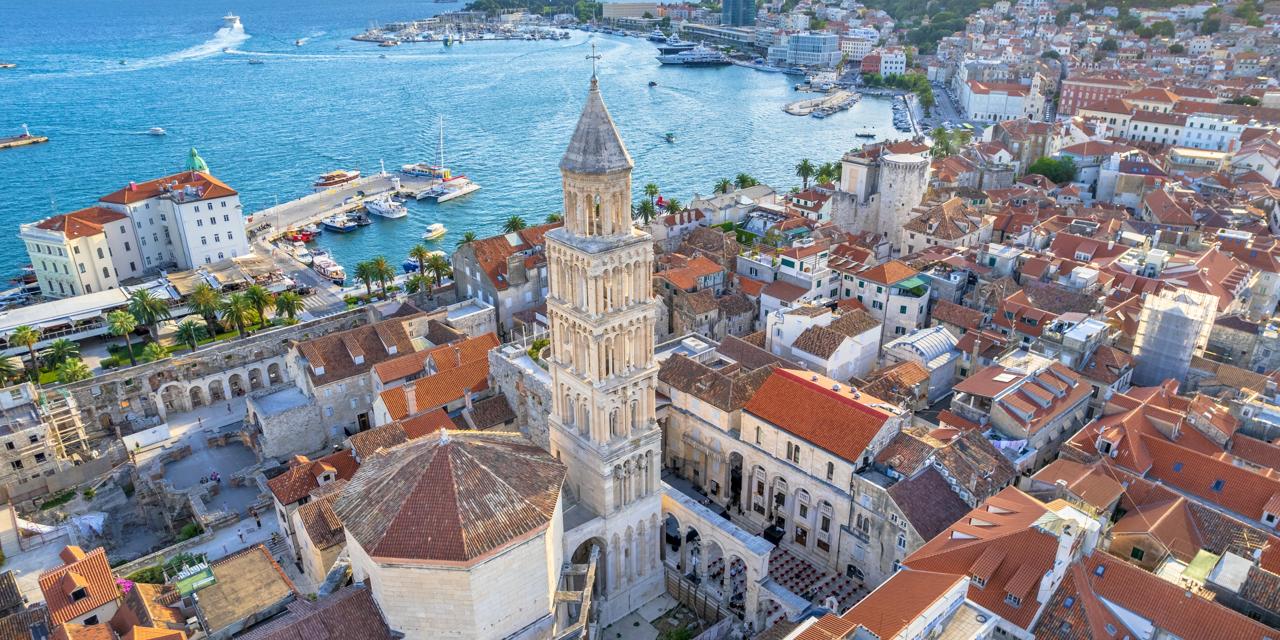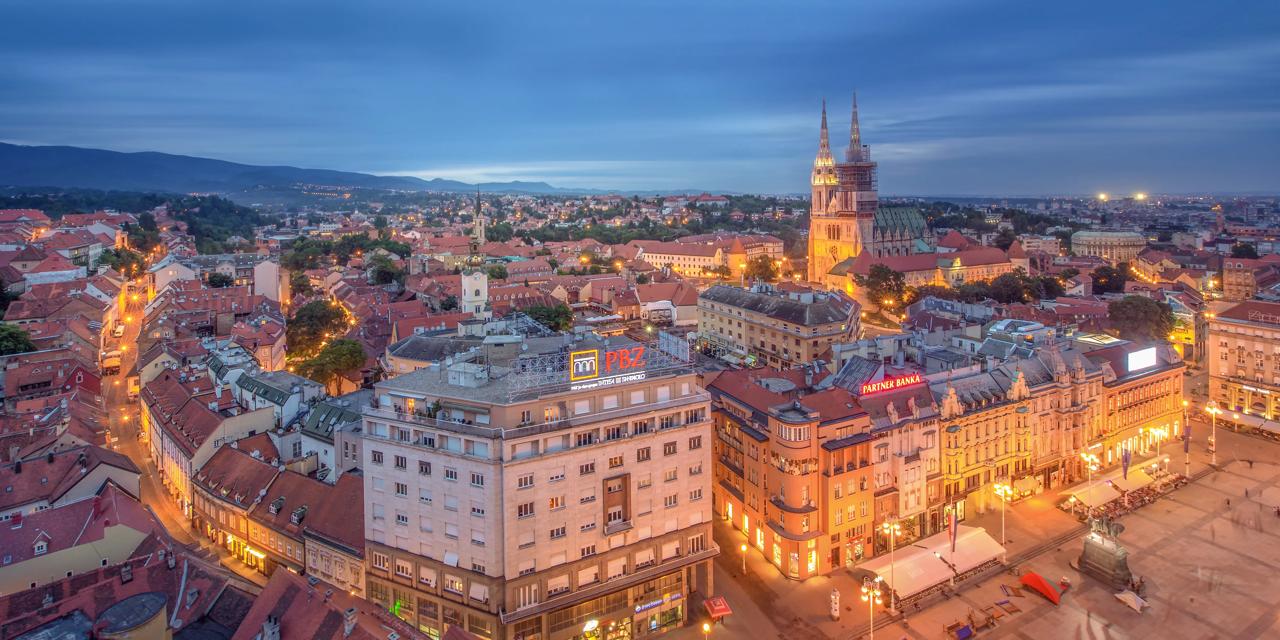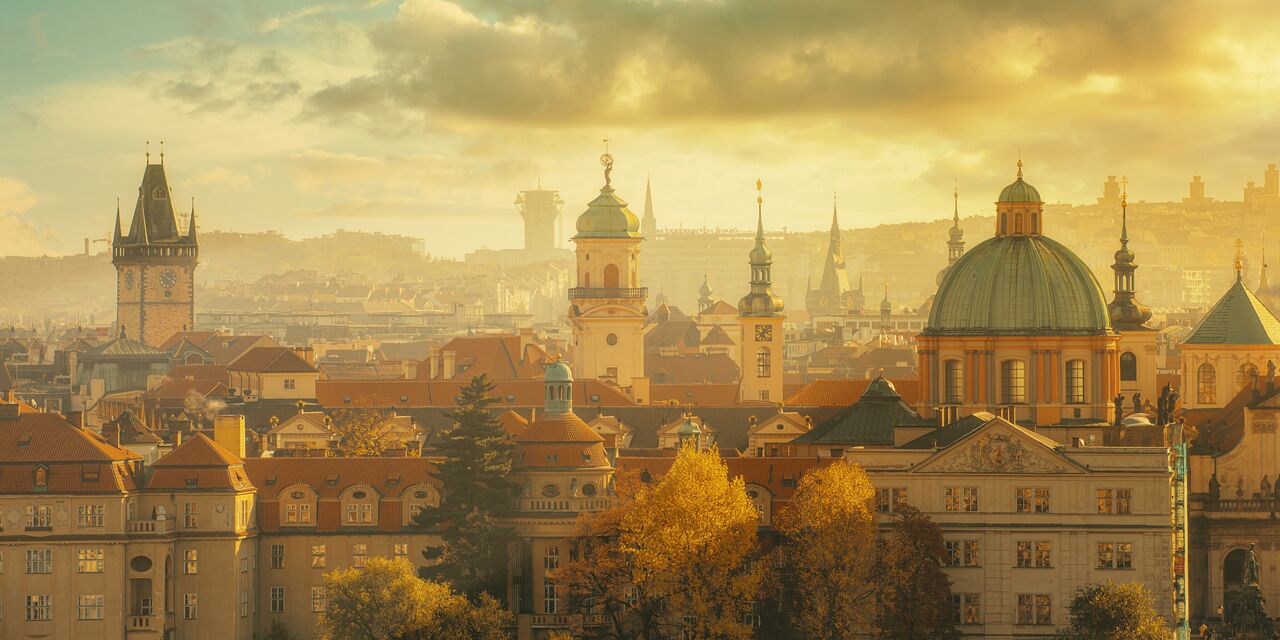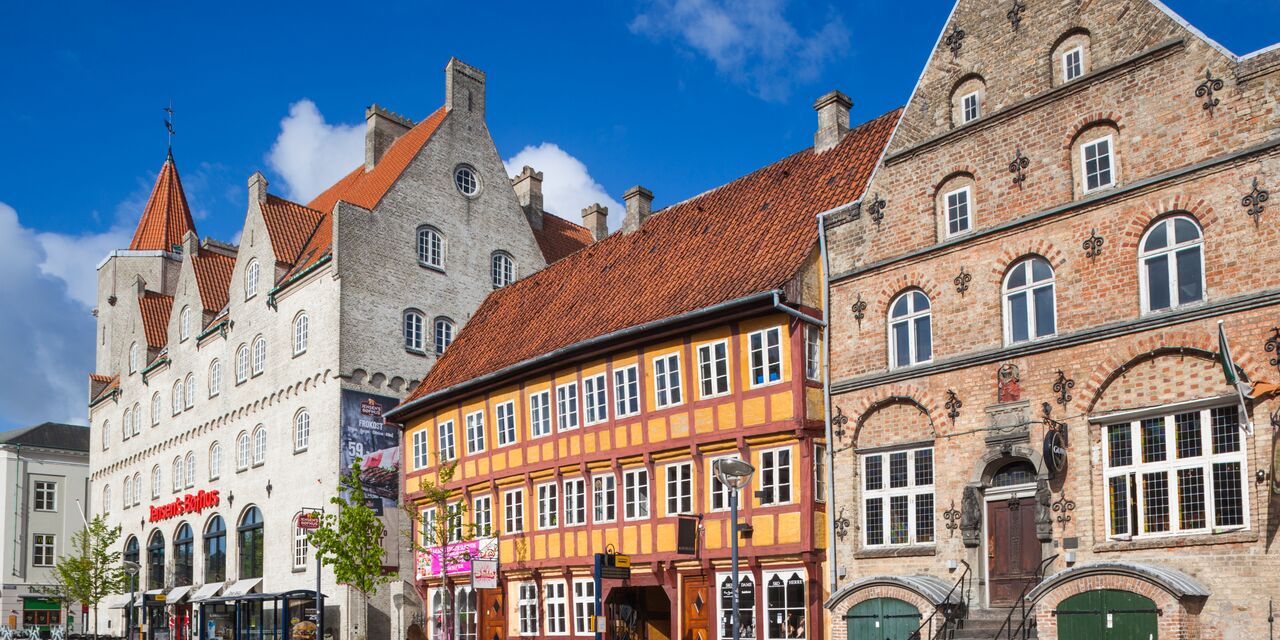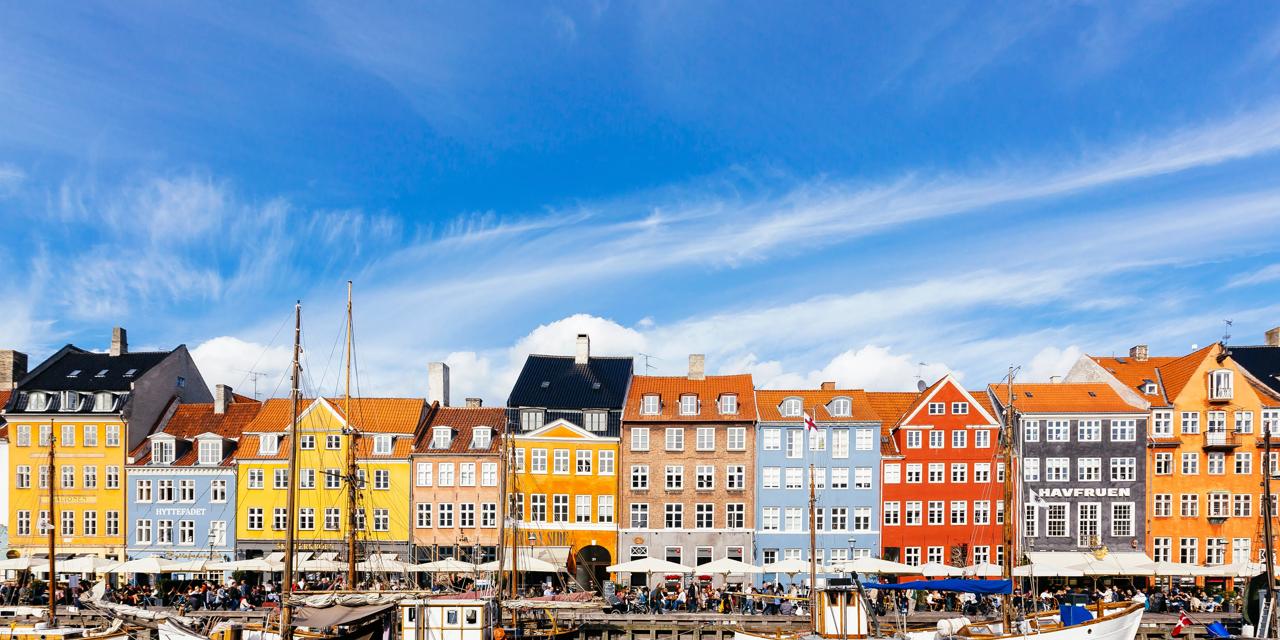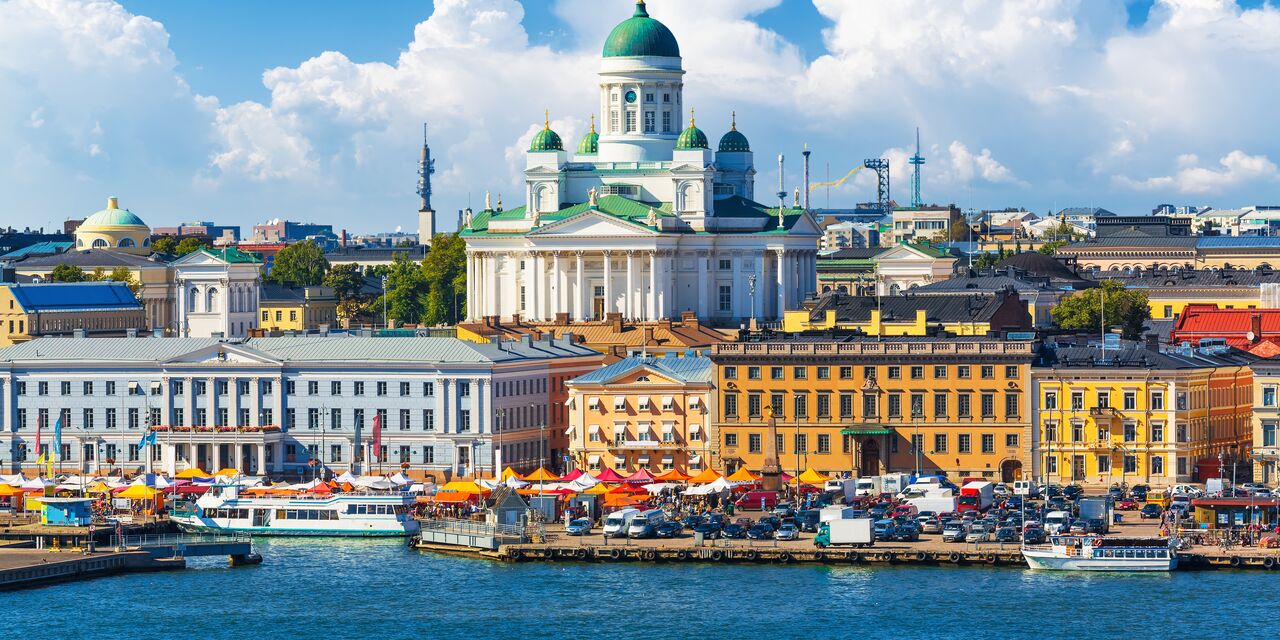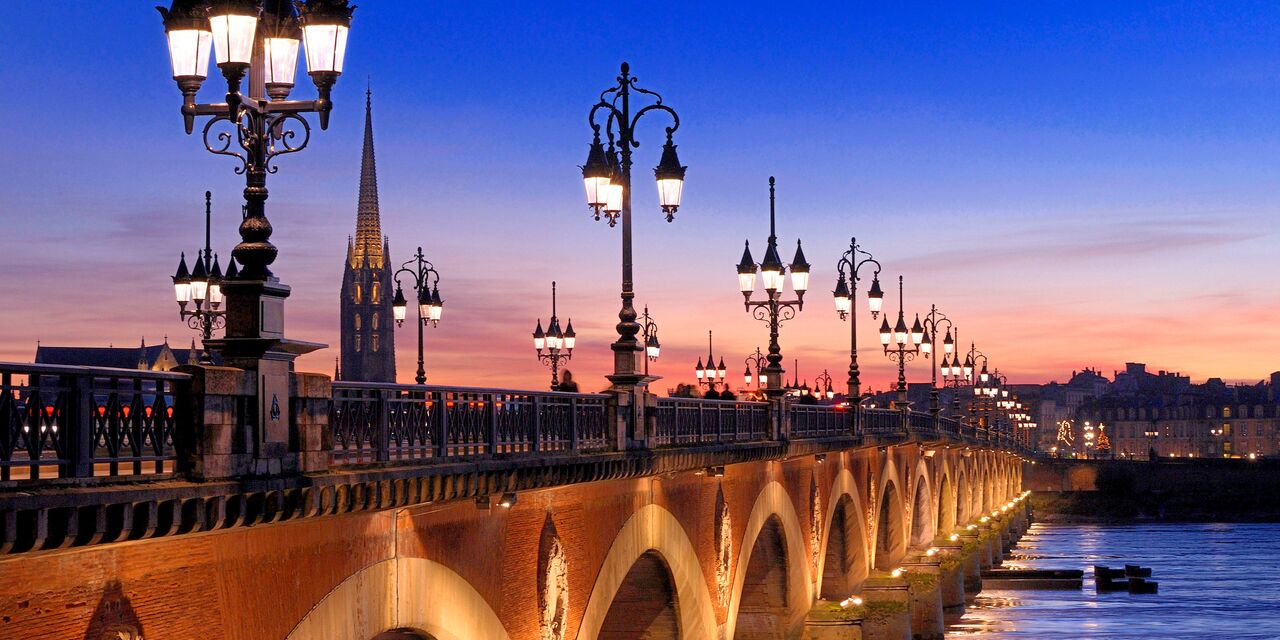Pillnitz pleasure castle
Near the centre of Dresden, towards the southeast, stands Pillnitz Castle. In the 18th century, this was the home of Anna Constantia von Brockdorff, the Countess of Cosel. She was the most famous in a long string of mistresses of August II the Strong, King of Poland and Elector of Saxony.
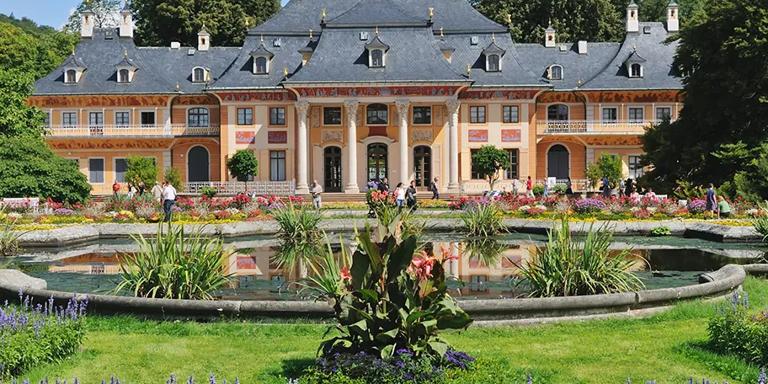
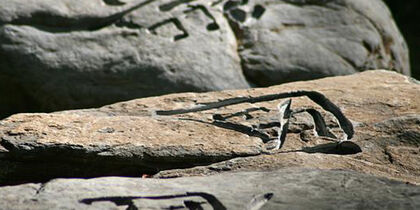
A touch of Asia
The Baroque castle on the shore of the River Elbe is named after the village of Pillnitz, the long-time summer residence of the Saxonian royal family. It actually consists of 3 palaces: the Water Palace near the river, the Mountain Palace on the hill and the New Palace. Anna Constantia von Brockdorff was not the only mistress to have called the castle home; in earlier years, Elector Johann George IV of Saxony had purchased it for his lover Magdalena Sibylla von Neitschütz. The major expansions only took place after Anna Constantia fled the palace in 1715, when August II the Strong had the existing palace transformed into an “oriental summer palace” to host festivities along the river. The Baroque style was enhanced with chinoiserie – a Chinese decorative style that was very popular in Europe at the time – and a garden. The New Palace was only completed a century later. With its neo-classic style, it differs significantly from the other buildings.
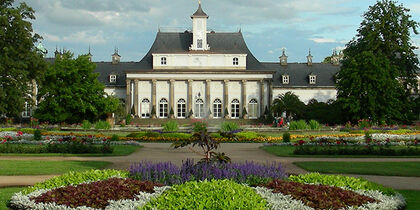
The palace museum
The Schlossmuseum in the New Palace provides an overview of the castle’s turbulent history. The chapel in the eastern wing displays murals by artist Carl Christian Vogel von Vogelstein. Here the official court painter depicted several scenes from the life of the Virgin Mary. The building also houses the royal kitchen, where the daily meals for the family were prepared. The Mountain Palace and Water Palace both accommodate the Kunstgewerbemuseum, Dresden’s Museum of Applied Art.
Discover other destinations in Europe
*The displayed prices are for one adult. All amounts are in AUD. Taxes and surcharges are included. No booking fee is applicable, but a payment surcharge may apply. Prices shown may vary depending on fare availability.
The weather forecast information is provided by World Weather Online. Air France-KLM is not responsible for the reliability of this data.

